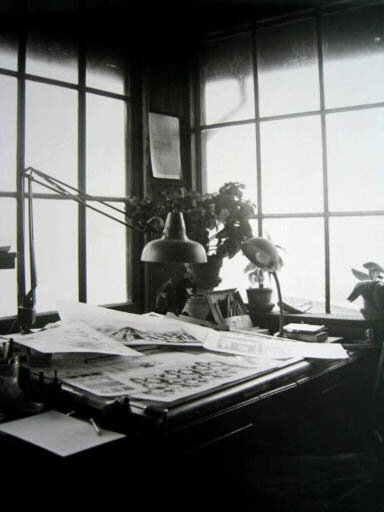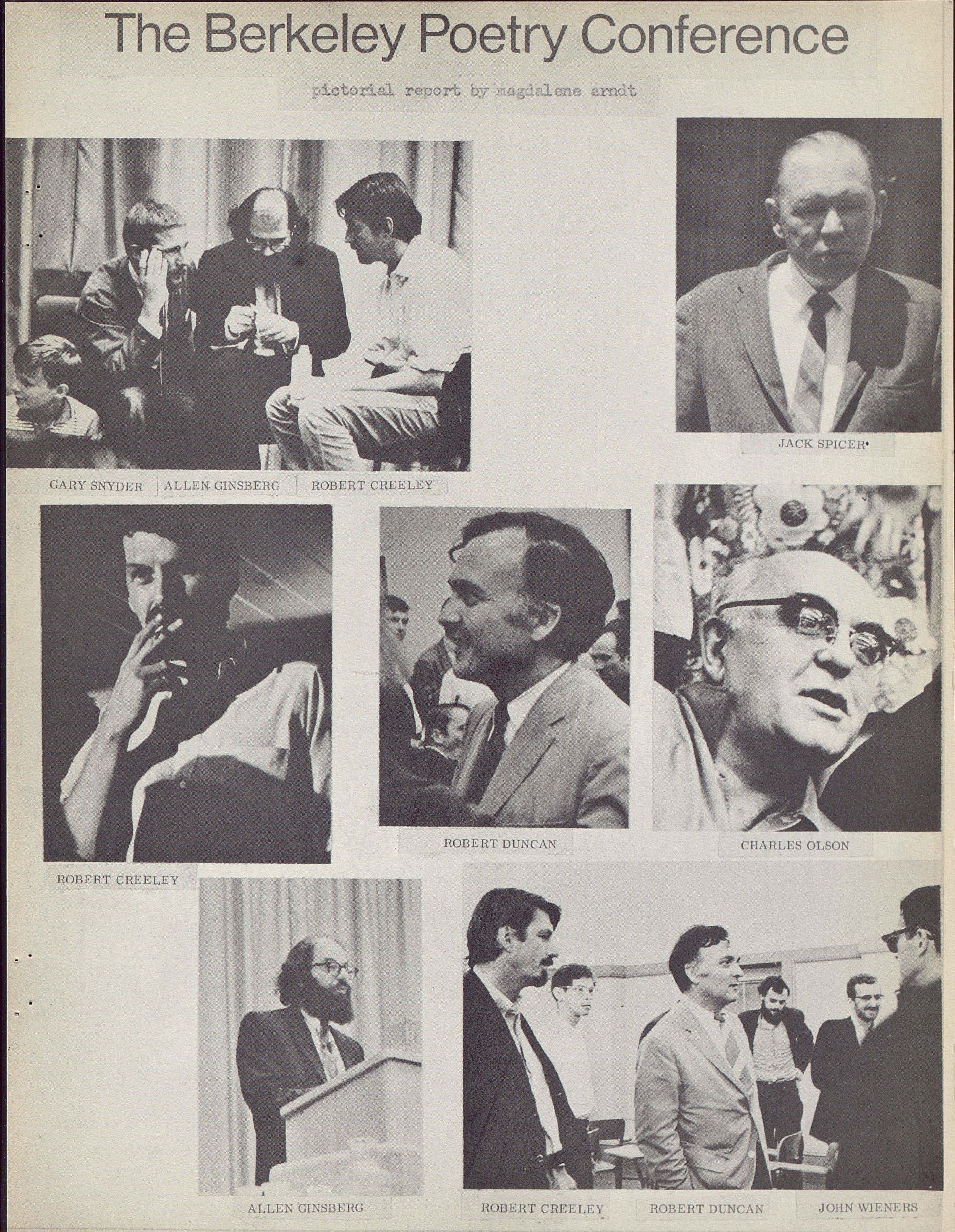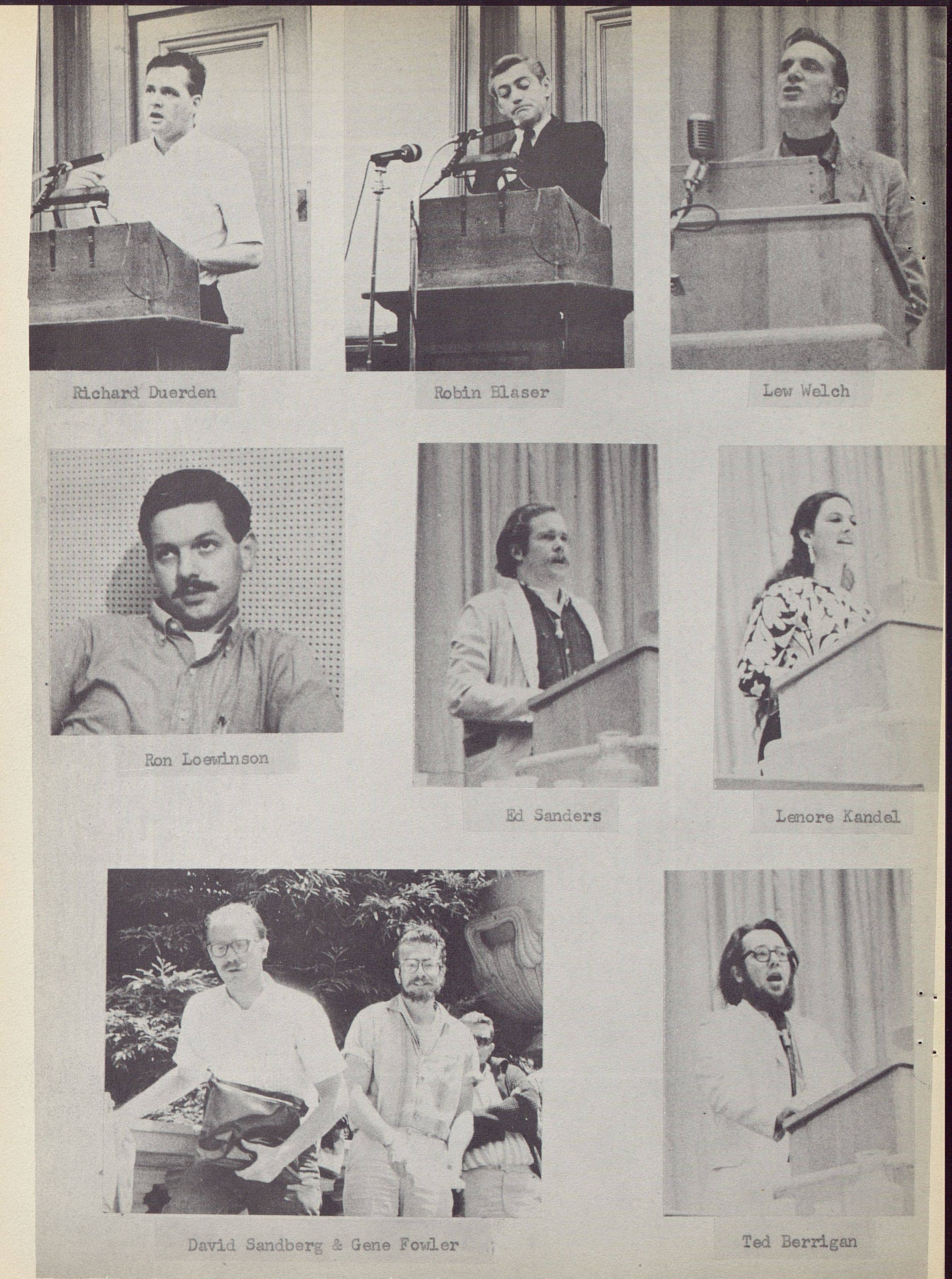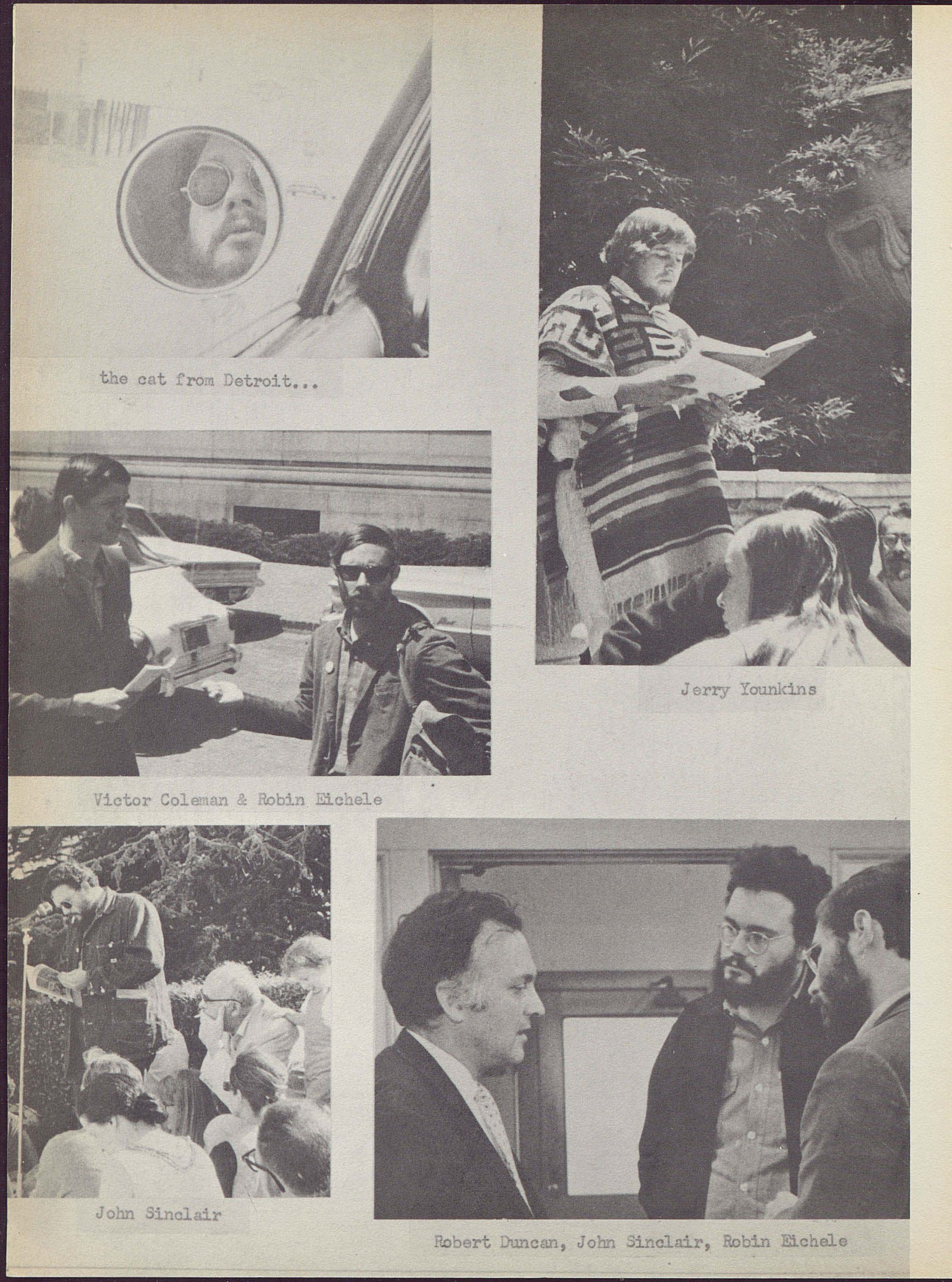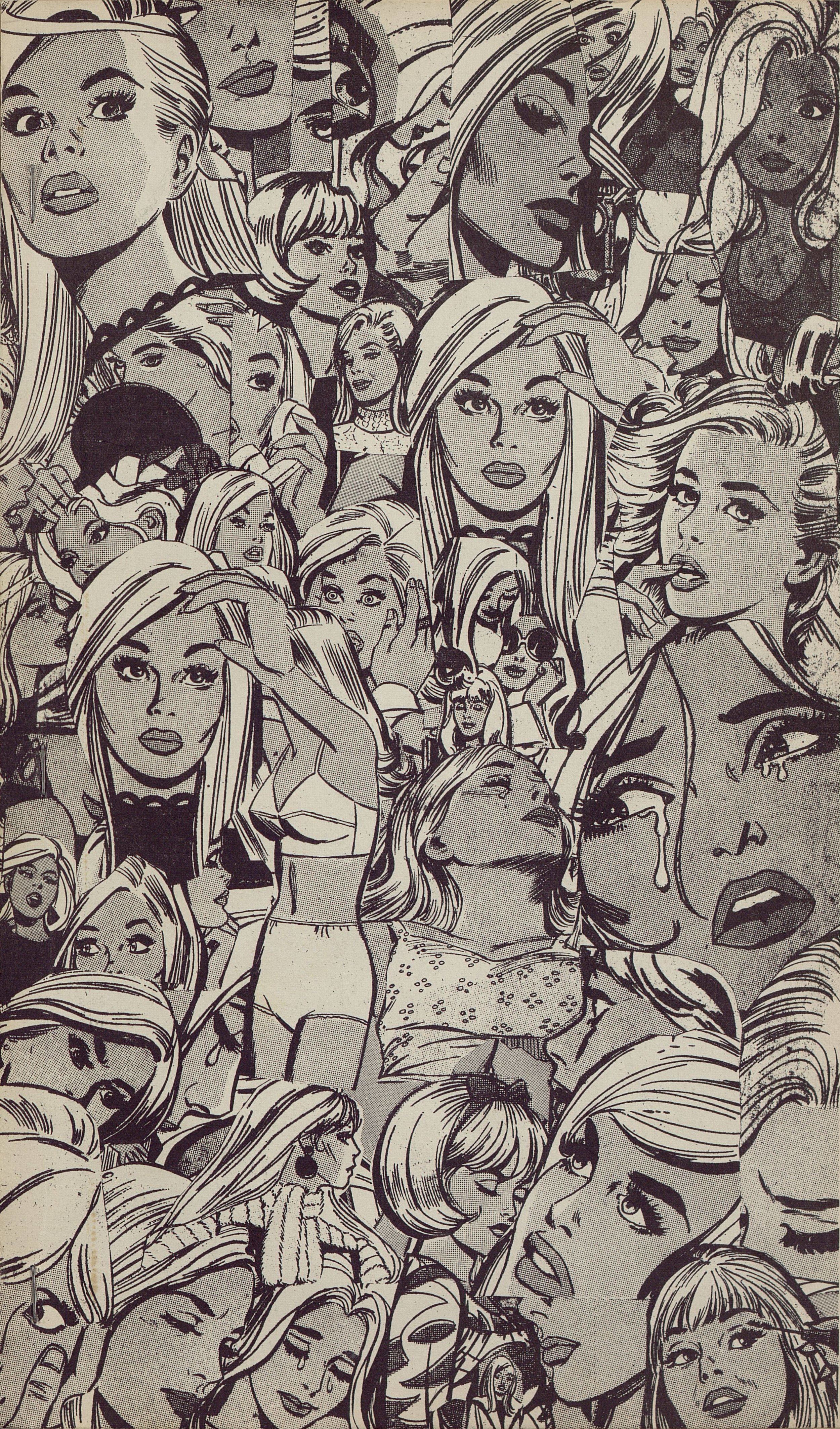Over the summer I had the privilege to contribute a series of short essays on James Schuyler and Joanne Kyger to the Chapbooks of the Mimeo Revolution series curated by Poets House, a project that selects chapbooks from the Poets House poetry library to digitize, “preserving essential, fragile, out-of-print literary work” for new readers. Along with access to the digitized chapbooks, the series provides essays on the chapbook itself, the poet’s biography, and the chapbook press that accompany each selection, as well as a set of selected video and audio recordings related to the poems. Chapbooks by Bob Kaufman, Diane di Prima, Kathleen Fraser, Jerome Rothenberg, and James Schuyler have appeared in the series so far. I was fortunate to contribute the essays on Schuyler’s The Fireproof Floors of Witley Court (1976) and on his biography. Along with the Independent Voices digital archive of small and alternative press magazines, the Poets House series is an excellent example of a curatorial digital humanities project that could be scaled into undergraduate research projects.
The latest installment in the Chapbooks of the Mimeo Revolution series—just released today—is on Joanne Kyger’s Trip Out & Fall Back published in 1974 by Berkeley-based Arif Press, for which I contributed the main essay on the chapbook. It’s a beautifully designed chapbook with covers and drawings by American artist Gordon Baldwin. As I note in the essay, the poems track Kyger’s trip from her west coast home in Bolinas, California, to New York City and back:
An expansive sense of space and questioning pervade the chapbook. She writes, “I have large dreams of beautiful patterns. // Clouds over Indiana / And we are under them.” Swerving between dreams, loft parties, and spiritual self-reflection, the title Trip Out & Fall Back puns on the geographical notion of trip—inverting the trope of the westward American road trip, as well as referencing other kinds of journeys, such as experiments with psychedelics and spiritual explorations: “So peyote made me very careful of the religious moment, and I knew these times to be timeless.”
As I was writing about Trip Out & Fall Back I became increasingly interested in Gordon Baldwin’s intricate, fantastic architectural drawings—both the two on the covers and the two interior illustrations. Not to be confused with the well-known English studio potter Gordon Baldwin, I immediately recognized the name from Joe Brainard’s Bolinas Journal, another early 1970s poetry-centric travelogue published by yet another California-based small press, Bill Berkson’s Big Sky books. Brainard actually stays in Gordon Baldwin’s Bolinas home in Bolinas Journal, often describing the house and drawing things in it, including a drawing of “Gordon’s Kitchen” and this memorable drawing of the “Nasturiums on Gordon’s Table.” Brainard even includes Baldwin’s phone number in the book, which he writes down in a collage since it’s “unlisted,” noting that’s strange in a small town like Bolinas. Kyger is also a central presence in Bolinas Journal, and Brainard narrates crushes he develops on both Kyger and Baldwin. While Brainard doesn’t appear in Trip Out & Fall Back, Kyger does pay particular attention to Baldwin, describing his charming idiosyncrasies and magnetic character: “Once when he walked into a party / half the room sighed Oh Gordon, like a breeze, oh / wonderful. The other half wanted to be introduced / immediately.” Kyger’s poem certainly dispels any questions about why Brainard finds himself with such a crush on Baldwin in Bolinas Journal, a book that acts as a fitting aesthetic and social companion piece to Trip Out & Fall Back. In a sense, the two books reverse one another’s trajectories, with Brainard leaving New York City for a trip to Bolinas and Kyger leaving Bolinas for a visit to New York City, a setting that is both energetic and uneven for Kyger in Trip Out & Fall Back.
A Bolinas view of the Lower East Side: St. Mark’s Church-in-the-Bowery on the left and Washington Square Park in the center.
While Kyger’s poems don’t include the same kind of journal-like details of what she did during her east coast visit that Brainard catalogs in Bolinas Journal, Baldwin’s drawings of New York City and Boston show an architectural-literary landscape of the cities that give us some sense of Kyger’s (and Baldwin’s) attention to these art- and artist-infused places. For example, Gordon’s drawing on the right below transforms Boston and Cambridge into a three-tiered book shelf with volumes attributed to Massachusetts-based writers, including Ralph Waldo Emerson, “R. Lowell,” and John Wieners (spelled incorrectly as “Weiners”). The drawing on the left shows a fantastic, almost sci-fi cross-section of the Manhattan landscape complete with a futuristic underground subway elevator that leads commuters directly to the front of St. Mark’s Church-in-the-Bowery—the tiered church on the lower left—and tree-lined bridges spanning between skyscrapers above. It’s as if Gordon has magically cut into the island of Manhattan to create The inclusion of St. Mark’s Church, the site of The Poetry Project, and the reference to Wieners, speak to Bolinas’s—and Kyger’s—flexible aesthetic position between the afterlives of New American Poetry, particularly Beat, New York School, Black Mountain, and the San Francisco Renaissance.
Gordon Baldwin’s work desk in his Bolinas home, 1972. Courtesy of “Dreaming As One: Poetry, Poets and Community in Bolinas, California
1967 - 1980” by Kevin Opstedal.
Though Baldwin holds a strong place in the work of Bolinas poets as a friend, crush, and fellow artist, it’s difficult to find information about him and I’m not aware of any other poetry books or chapbooks that include Baldwin’s artwork. It seems that Baldwin won the Rome Prize in 1977-78 from the American Academy in Rome for his architectural drawings and worked as a curator in the department of photographs at the J. Paul Getty Museum, Los Angeles, from 1984 to 2005. Later bio notes state that Baldwin curated ten photography exhibitions at the Getty Museum, including “Grave Testimony: Photographs of the Civil War” (1992) and “Nadar/Warhol; Paris/New York” (1999). In 2009, he curated a show of portraits by Robert Mapplethorpe that traveled to two museums. Baldwin has also published widely on photography, including the books Looking at Photographs, A Guide to Technical Terms (1991); Roger Fenton: Pasha and Bayadère (1996); In Focus: Eugène Atget (2000); and Gustave Le Gray, 1820–1884 (2002). His latest book, Architecture in Photographs, was published in 2013 by the Getty Museum. Yet another bio on the Fine Art Dealers Association website notes that Baldwin “has also been an actor in a few films, notably appearing in Himself as Herself (1967) directed by Gregory Markopoulos; additionally, he was a member of the Warhol Factory in the 1960s.” The latter fact dramatically hangs there without any further detail. Here is a short video of Baldwin discussing his curation of the Mapplethorpe exhibit in 2011. One only wants to know more about Baldwin and his work, and perhaps how his aesthetic interests branched out from his intimate affiliations with the poets and artists of the New York School. His desk in Bolinas, shown here in 1972, is certainly enviable, to say the least. If you’d like get in touch with him, try the phone number for Baldwin that Brainard lists in Bolinas Journal.





